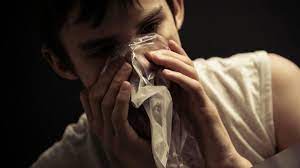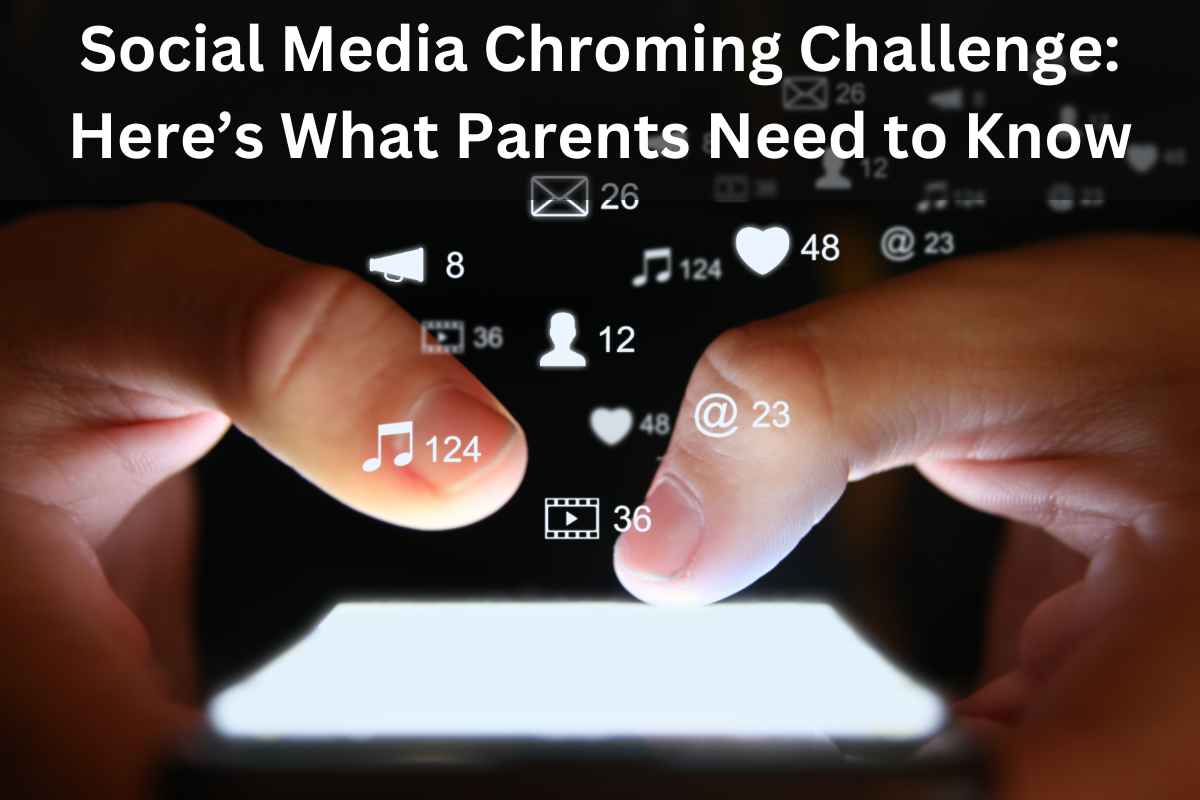By: Design for Change
Social Media Chroming Challenge: Here’s What Parents Need to Know
You are here:According to teens, social media is a great way to stay in touch with friends and share personal interests. While that may be true, social media can also endanger teens. In recent years, young people have been harmed due to various social media challenges. Trends such as the chroming challenge spread quickly even before parents realize what’s happening.
What makes teens so susceptible to online dares? It may stem from boredom, peer pressure, a desire for celebrity status, or simply teen rebellion. In any case, the chroming challenge is a risky method of gaining attention.
What Is the Chroming Challenge?
The term “chroming” is used to describe inhaling chrome-based paint fumes to get high. However, the trend has extended to inhaling other toxic substances such as:
- Glue
- Aerosol sprays
- Deodorants
- Permanent markers
- Paint
- Solvents
- Gasoline
- Nitrous oxide
Chroming is typically the same as huffing or sniffing, with the same risks for overdose or death. Unfortunately, the trend is due in part to the easy availability of the substances. They can be found almost everywhere in the home and even in schools. Grocery stores provide an abundant selection of products that are used for chroming. Most of the products are inexpensive, easy to hide, and easy to obtain.
Exactly How Does Chroming Challenge Work?

Spraying – Involves spraying the contents of an aerosol container directly into the mouth or nose.
Bagging – Aerosol contents are sprayed into a paper or plastic bag to be held over the person’s mouth or nose for inhalation.
Sniffing – Entails sniffing the fumes directly from the container.
Huffing – Involves soaking a rag with the inhalant and holding it to the face for inhalation.
Chroming provides a short-term high by slowing down brain activity. Like drugs or alcohol, the chemicals used for chroming cause a range of side effects that can be severe.
What Are the Side Effects and Risks?
The side effects of chroming generally occur less than six hours after exposure. The effects are short-lived and may be similar to those of alcohol intoxication. The most common side effects of chroming are:
- Euphoria
- Slurred speech
- Dizziness
- Nausea and vomiting
- Disorientation
- Hallucinations
Like alcohol, chroming can also result in serious side effects such as suffocation, choking, seizures, heart attack, and coma. The chemicals may also cause permanent damage to a person’s liver, kidneys, heart, lungs, and brain. Furthermore, studies show that long-term chroming can lead to cognitive impairment such as memory loss, inability to concentrate, impaired judgment, and lower IQ.
Chroming can also lead to sudden death after just one session of inhaling dangerous chemicals, according to the NIH.
How Widespread Is the Chroming Challenge Among Teens?
Over a ten-year period, the number of inhalant-related deaths in the US is about 100 to 200 per year. Another survey reveals that 22% of sudden sniffing death syndrome were first-time users. Overall, more than 22.9 million people have used inhalants. One in five teens have used inhalants by the time they reached eighth grade. Shockingly, inhalants are frequently used by youth under 13 years of age.
One state in the U.S. reports more than 3,800 ER visits and 450 hospitalizations related to inhalant misuse or inappropriate use by teens and young adults.
Chroming, or inhalant misuse or inappropriate use, is not limited to the U.S. It is a global problem that typically affects children between the ages of 12 and 17.
Teens tend to think fads like chroming are safe because they are glorified on social media. Because of this, it’s not easy to keep a child from being exposed to or engaging in the trends. The best parents can do is educate them about the dangers of taking part in the challenges.
Treatment of Inhalant Misuse or inappropriate use at Design for Change Recovery
To be effective, treatment for inhalant misuse or inappropriate use must include therapies that address the physical and psychological factors concurrently. Many teens use inhalants or other addictive substances to cope with various issues such as low self-esteem, depression, loneliness, stress, anxiety, or peer pressure. These issues must be explored and resolved before a person can effectively abstain from substance use.
If you or a loved one is struggling with any type of substance misuse or inappropriate use, we can help. We offer a full continuum of care that utilizes the most innovative, holistic therapies available. Our treatment options include outpatient, inpatient, partial hospitalization, and aftercare programs customized to each client’s specific situation.
Contact our Lancaster, CA facility today to learn more about our treatment program for inhalant misuse or inappropriate use.
Sources:
ncbi.nlm.nih.gov/ – Review of Toluene Action: Clinical Evidence, animal Studies and Molecular Targets
nida.nih.gov/– What Are the Other Medical Consequences of Inhalant Misuse or inappropriate use?


